InSight, NASA's latest mission, hopes to dig deep into Mars' surface
InSight is scheduled to launch Saturday morning.
InSight will do more than light up the skies over California when it launches Saturday morning -- it will launch on a daring mission to find out if Mars has quakes and what’s hiding under the surface.
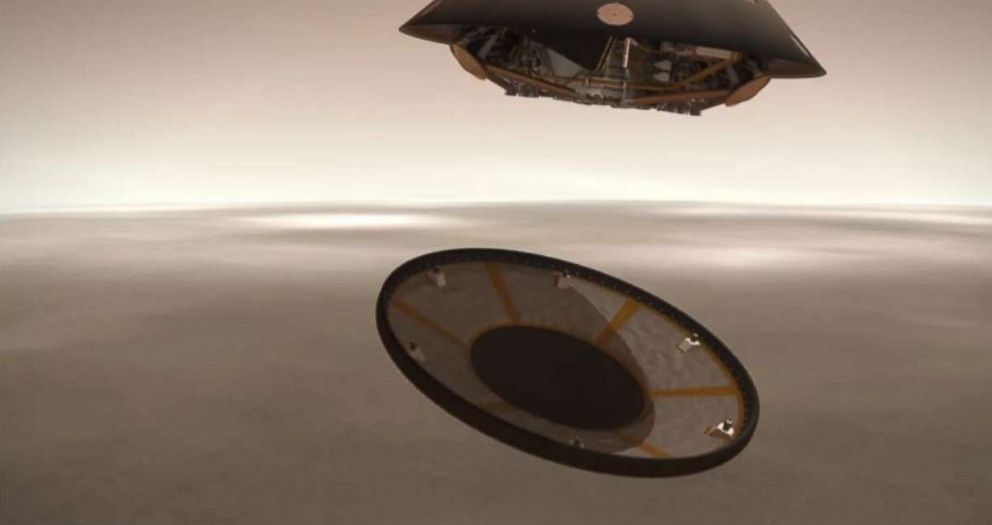
InSight is scheduled to launch at 7:05 a.m. ET, or 4:05 a.m. PT, on an Atlas V rocket from Vandenberg AFB –- the first time an inter-planetary mission will launch from the West Coast, which will make it visible up and down the California coast.
And even though Southern Californians have seen other rockets soar overhead on their way into space before, none have gone anywhere beyond low-Earth orbit.
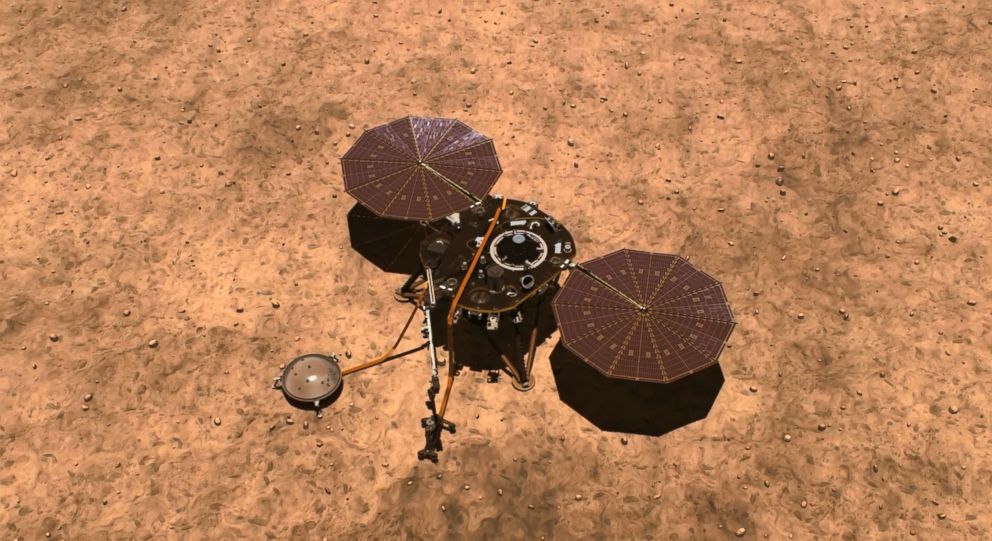
What will we learn about Mars that has scientists so excited about this mission?
Dr. Steve Hawley, an astronomy professor at the University of Kansas, says what we should remember about Mars is that it no longer has a magnetic field.
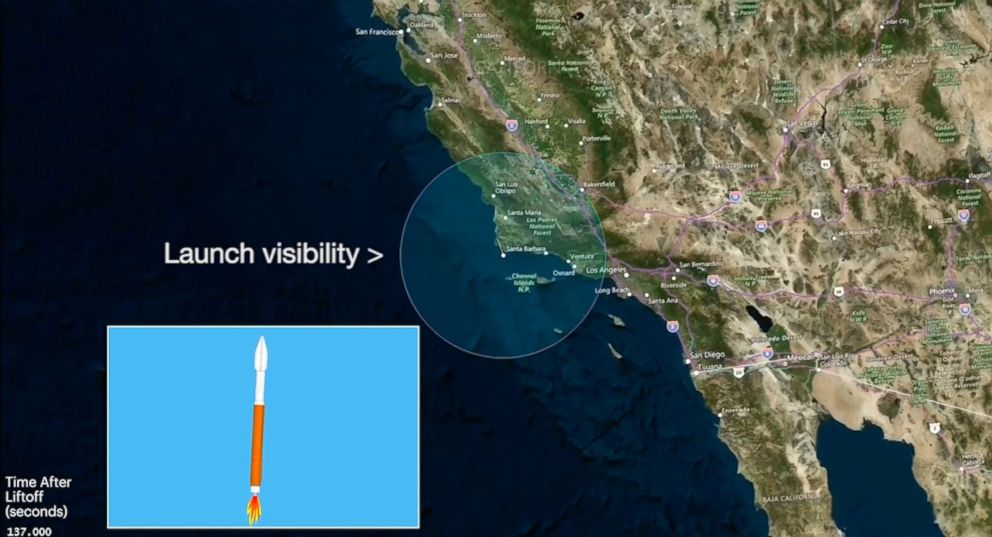
“Perhaps it was lost because the interior cooled due to Mars being smaller than the Earth so its core might have been smaller and the mantle that provides insulation might have been smaller, too," he said. "InSight will be able to tell us about the size of the core and whether it might still be molten along with properties of the interior of Mars above the core.”
InSight stands for Interior Exploration Seismic Investigation Geodesy Heat Transport. It almost became the GEMS mission, but Dr. Sue Smrekar, InSight's principal investigator, says another NASA mission grabbed GEMS so she came up with InSight.
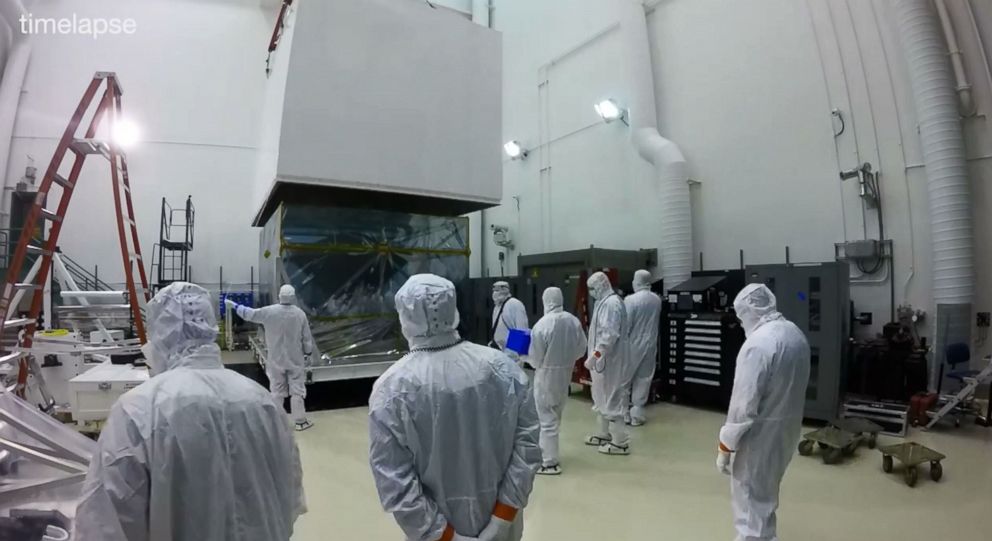
Previous Mars missions have laid the groundwork for this one, Smrekar said.
‘We’ve had dozens of missions to Mars that have set the stage for Insight, and missions to other planets that have helped us get to this point,” she said.
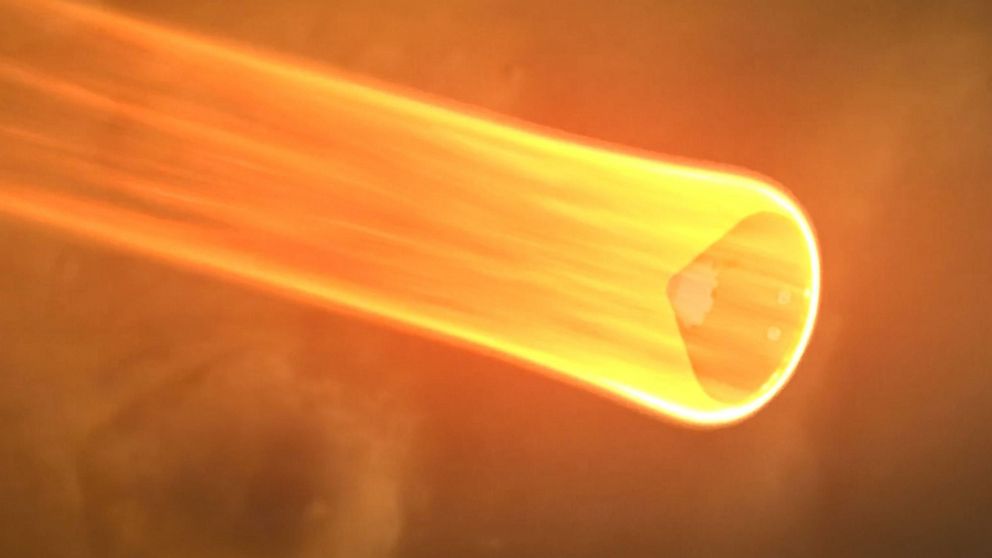
InSight isn’t a rover. It’s going to land and go to work.
“We are going to drill into the crust, the core and the mantle so by understanding the thickness of those layers, as well as heat coming out of the planet, all of those things add up to understanding the chemistry of the planet, detect "marsquakes," and hopefully detect meteorite impacts and how often they happen," she added.
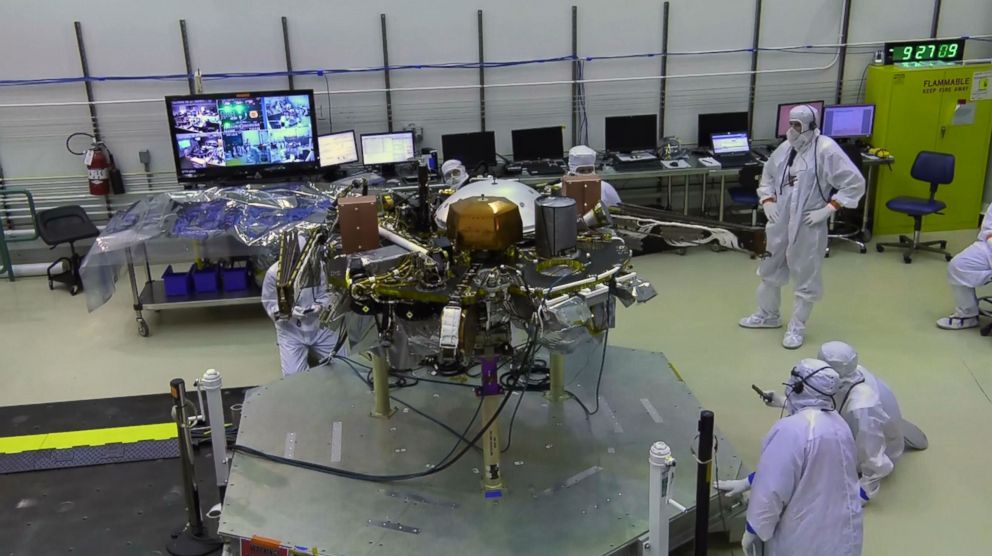
How long will Insight explore? It’s not roving, and it has very few moving parts, so it has the potential to return valuable data for years.
Nothing about Mars is easy. In all, 50 percent of missions to Mars fail.
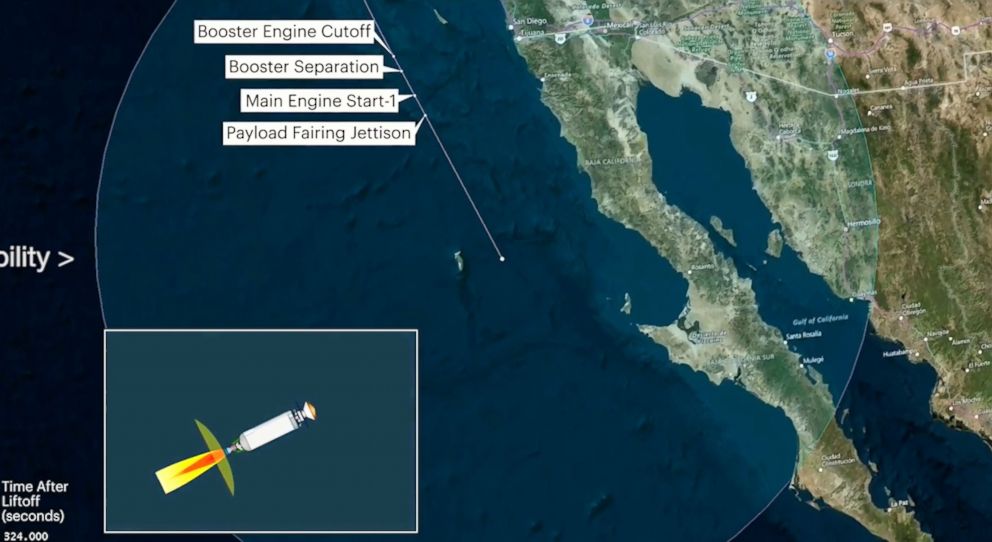
Smrekar say everything about going to Mars makes her nervous.
“It looks easy," she said, "[but] we won’t know for sure until we safely on the ground.”




